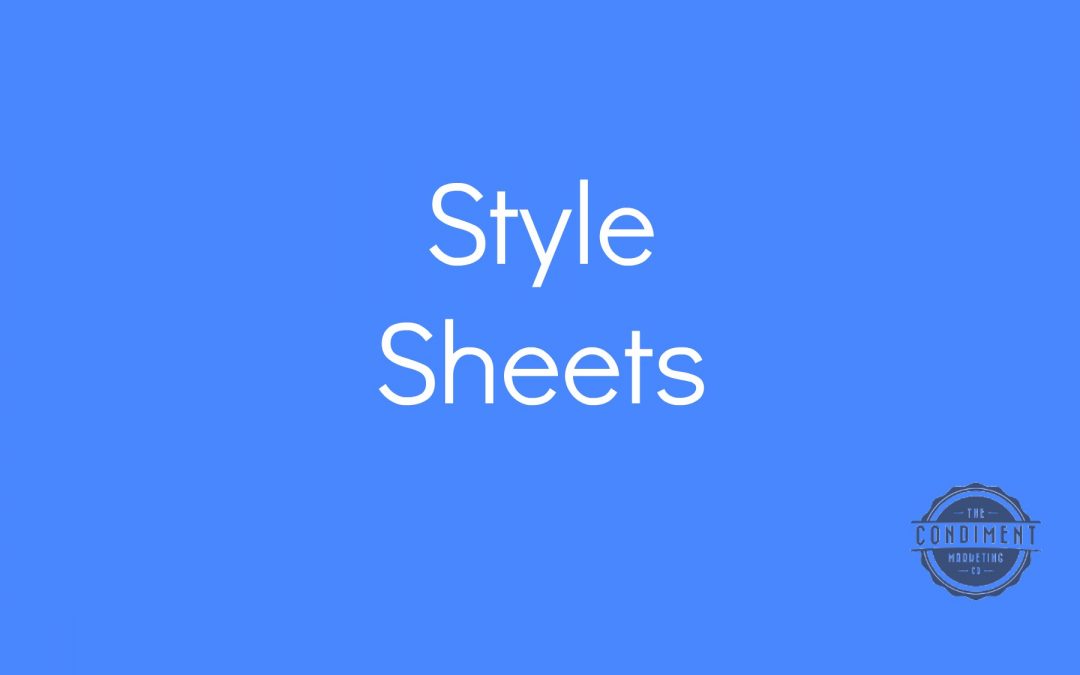Professional copy editors and proofreaders rely on a style sheet to make sure a manuscript follows a consistent style from page 1 through page 999. A style sheet makes it easier for the copy editor to check facts and pick up on errors.
Copyediting style sheets work as an organizational tool and a communications tool, too. Here are a few examples of how a style sheet can streamline the editing process:
- A style sheet is a document for listing dates, numbers, names, and spellings that are specific to a manuscript. Since these items are not part of a dictionary or style book such as the Chicago Manual of Style, the style sheet is necessary for reference.
- Some spellings, punctuation, and style are defined by an author or publishing house. This means that for every project a copy editor works on, there may be different rules to follow. For example, does the author dislike the use of em dashes? Does the magazine insist on spelling it “email” and not “e-mail”? These preferences are listed on the style sheet.
- After a copy editor has reviewed a manuscript, the file is returned to the author with edits and comments. The style sheet can accompany the manuscript to help the author see which editing choices the copy editor made and why.
For a style sheet template, download our template here (Word doc) or check out Frontify, one of our preferred style guide resources that you can use to create your own style sheet and other style guidelines.
Tagged: style guides






I just wanted to say that your blog ROCKS! It’s very informative and easy to read. I will be a frequent visitor as I am taking college courses this term in Web development and editing. I found you by searching for a style sheet template. Thanks so much!
Jill, that’s fantastic. Appreciate the feedback. And good luck in your studies. Let me know if I can help.
Very helpful! Thanks!